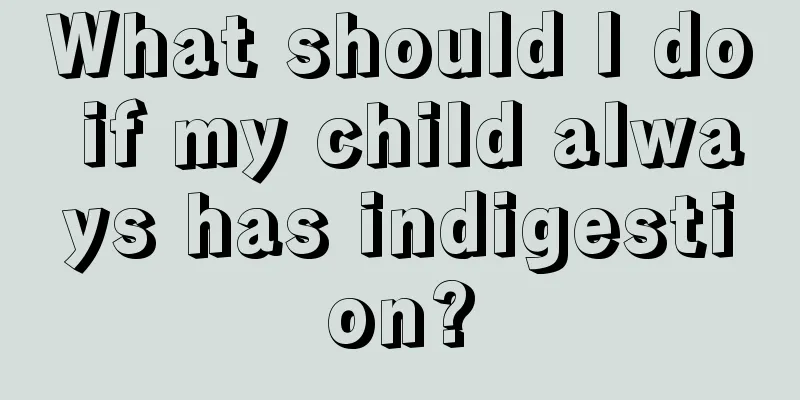What to do if your child's hands, feet and eyes turn yellow

|
If a child's hands, feet and eyes are yellow, generally speaking, this is a symptom of jaundice. We know that children's liver and gallbladder functions are not yet fully developed, especially for newborns, who are prone to symptoms of jaundice after birth. This is divided into physiological jaundice and pathological jaundice. If it is pathological jaundice, it should be treated in time. There are many treatment methods, such as blue light therapy, which is more effective. For severe cases, blood transfusion therapy or drug therapy can be performed. What should I do if my child has jaundice? 1. Light therapy It is a simple and effective method to reduce serum unconjugated bilirubin. Place the newborn baby in a phototherapy box, protect both eyes with black eye masks to avoid damaging the retina, cover the perineum and anus with a diaper, and leave the rest of the body exposed. Use single-sided or double-sided light irradiation for 2 to 48 hours (generally not more than 4 days). Treatment can be stopped when bilirubin drops below 7 mg/dL. 2. Exchange blood therapy Exchange transfusion can effectively reduce bilirubin, replace sensitized red blood cells and alleviate anemia. However, blood transfusion requires certain conditions and may also produce some adverse reactions, so the indications should be strictly followed. 3. Drug treatment Supply albumin, correct metabolic acidosis, give liver enzyme inducers (such as levofloxacin), and use intravenous immunoglobulin. Jaundice care : 1. Determine the degree of jaundice. Parents can observe the degree of yellowing of the newborn's skin under natural light. If only the face is yellow, it is mild jaundice; if the skin on the trunk is yellow, it is moderate jaundice; if the limbs and the palms and soles of the feet are also yellow, it is severe jaundice. 2. Observe the color of stool. If the stool is clay-colored, pathological jaundice should be considered, which is mostly caused by congenital bile duct malformations. If the jaundice is severe, associated symptoms occur, or the stool color is abnormal, you should go to the hospital immediately to avoid delaying treatment. 3. Expel meconium as soon as possible. Because meconium contains a lot of bilirubin, if the meconium is not completely discharged, the bilirubin will be reabsorbed into the blood through the special enterohepatic circulation of the newborn, causing jaundice to increase. 4. Give the newborn plenty of water. Too little urination is not conducive to the excretion of bilirubin. 5. During the jaundice period, pay attention to providing enough sugar water and heat, and protect the liver. 6. If jaundice appears too early or disappears too late, or the jaundice is too severe, or it gradually improves and then worsens again, and if the baby has clinical symptoms such as poor spirits, less milk sucking or refusal to feed, it is pathological jaundice and you should go to the hospital for diagnosis and treatment in time. |
<<: What causes white spots on children's fingers? How to treat it?
>>: Why do babies move their hands and feet when feeding?
Recommend
If your baby's head is red and swollen, parents should take good care of it.
The genitals of male babies also need care, and a...
Why are newborn babies restless when they sleep?
The birth of a child is a joyous event for every ...
Can babies drink salt water when they have diarrhea?
Nowadays, many babies are the apple of their pare...
What to do if your one-year-old baby is thin
Babies must pay attention to nutritional suppleme...
What should I do if my child has a rotten nose?
Because children are active, once they feel uncom...
What to do if a child has repeated fever due to pharyngitis
The treatment time for pharyngitis is relatively ...
What does it mean when a newborn baby has small red spots?
During the development process, babies often have...
What to do if children have anorexia
Anorexia in children is a symptom with a relative...
How to prepare baby milk powder
Infant formula powder is a very common drink. Man...
There is a white spot on the child's face
The physical health of children is very important...
Why do I want to sleep during class?
For students, paying full attention in class is a...
The child said he felt dizzy. What's going on?
In our lives, many children often feel dizzy. For...
How to prepare newborn milk powder, you should pay attention to these points
The issue of preparing milk powder for newborns i...
What is the dosage of Lanqin oral solution for children?
The main medicines of Lanling Oral Liquid are Chi...
Clinical manifestations of acute tonsillitis in children
In the case of acute tonsillitis in children, we ...









